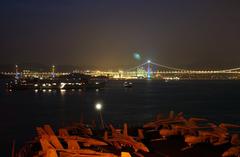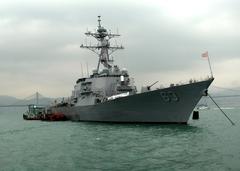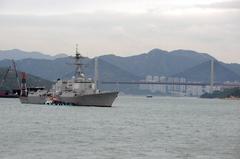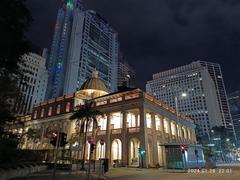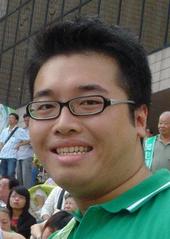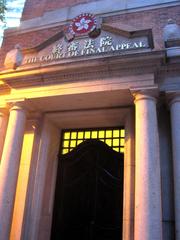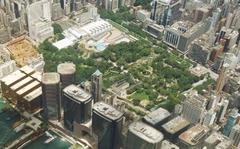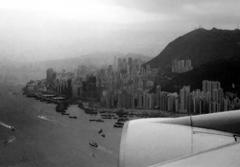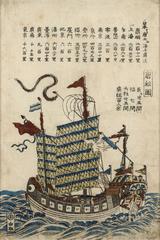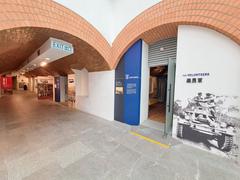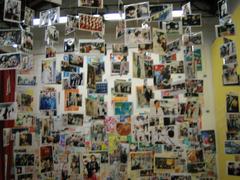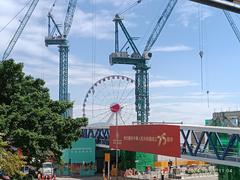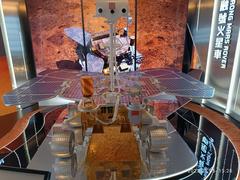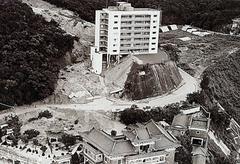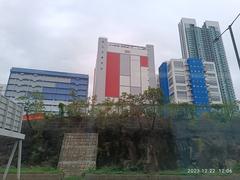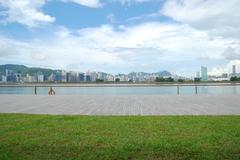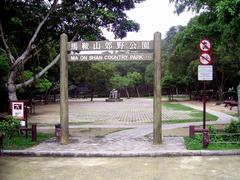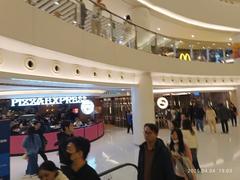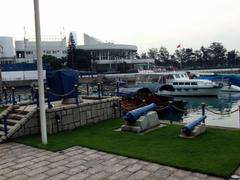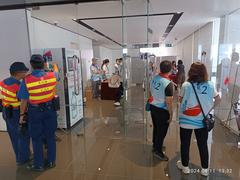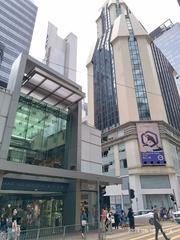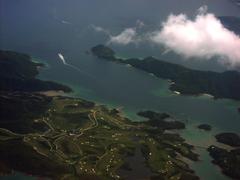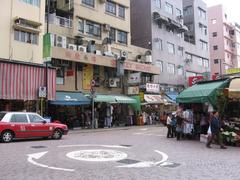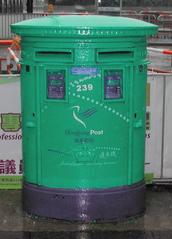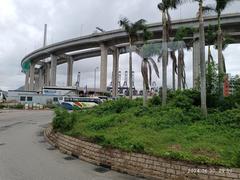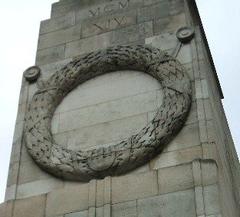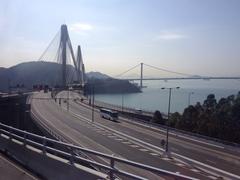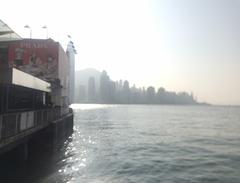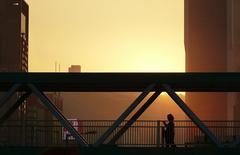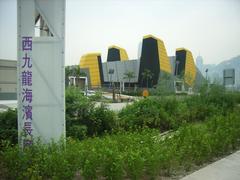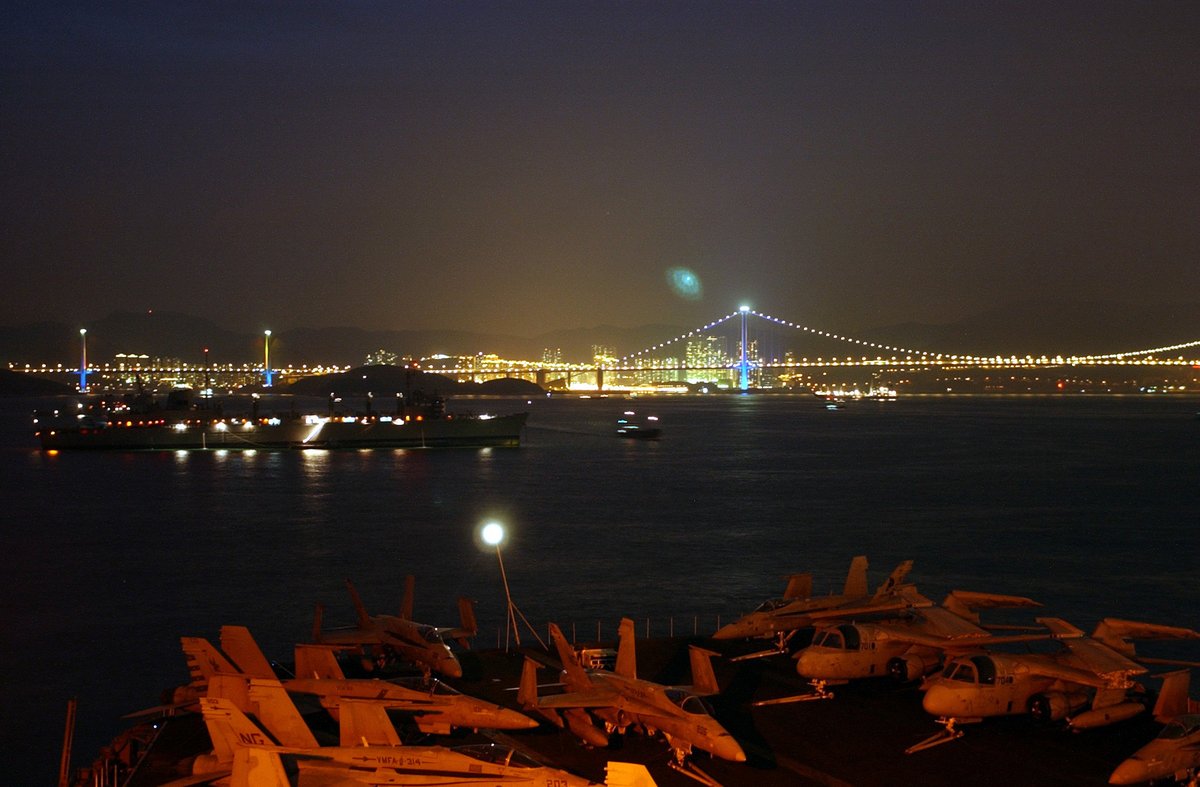
Comprehensive Guide to Visiting Kap Shui Mun Bridge, Hong Kong
Date: 01/08/2024
Introduction
The Kap Shui Mun Bridge, or 汲水門大橋, is more than just a critical piece of infrastructure in Hong Kong; it is a stunning example of modern engineering that seamlessly blends functionality with aesthetic appeal. This bridge forms an essential part of the Lantau Link, significantly enhancing connectivity between Hong Kong’s mainland and outlying islands, particularly Lantau Island. Built to accommodate both road and railway traffic, the Kap Shui Mun Bridge stands as a testament to Hong Kong’s commitment to advancing its transportation infrastructure. This guide aims to provide a comprehensive look at the bridge’s history, visitor information, and its cultural and economic significance. Whether you’re a history enthusiast, an engineering aficionado, or a tourist planning a visit, this guide covers everything you need to know about the Kap Shui Mun Bridge (Wikipedia).
Table of Contents
- Introduction
- History
- Visitor Information
- Special Features
- FAQ Section
- Conclusion
- Visuals and Media
- Internal and External Links
History
Early Planning and Conception
The idea of constructing the Kap Shui Mun Bridge (KSMB) emerged in the late 1980s as part of a broader initiative to improve connectivity between Hong Kong’s outlying islands and the mainland. The bridge was envisioned as a critical component of the Lantau Link, which is part of Route 8, a major highway system designed to facilitate transportation to and from the newly constructed Hong Kong International Airport on Chek Lap Kok Island. The planning phase involved extensive feasibility studies and environmental impact assessments to ensure the bridge’s viability and sustainability.
Design and Engineering
The Kap Shui Mun Bridge is a marvel of modern engineering, designed to accommodate both road and railway traffic. The bridge features a cable-stayed design, characterized by cables that run directly from the towers to the deck, providing support and stability. The main span of the bridge measures 430 meters (1,410 feet), making it one of the longest cable-stayed bridges in the world. The overall length of the bridge is 750 meters (2,460 feet), and it boasts a vertical clearance of 47 meters (154 feet) above sea level, allowing for the passage of marine traffic beneath it.
The bridge’s dual-deck structure is another notable feature. The upper deck is dedicated to motor vehicles, while the lower deck serves both vehicular traffic and the MTR (Mass Transit Railway). This dual-purpose design maximizes the bridge’s utility and efficiency, catering to the diverse transportation needs of Hong Kong’s residents and visitors.
Construction Phase
Construction of the Kap Shui Mun Bridge began in the early 1990s, with the project officially breaking ground in 1992. The construction process was complex and required the collaboration of numerous engineering firms and contractors. One of the significant challenges was the bridge’s location, spanning the Kap Shui Mun marine channel between Ma Wan and Lantau islands. This necessitated the use of advanced construction techniques and equipment to ensure the bridge’s stability and durability.
The construction phase also involved the installation of massive steel cables and the erection of towering pylons, which serve as the primary support structures for the bridge. These pylons were constructed using high-strength concrete and reinforced steel to withstand the immense loads and environmental stresses.
Completion and Inauguration
The Kap Shui Mun Bridge was completed in 1997, marking a significant milestone in Hong Kong’s infrastructure development. The bridge was officially inaugurated on May 22, 1997, in a grand ceremony attended by government officials, engineers, and local residents. The inauguration of the bridge was a momentous occasion, symbolizing the successful realization of a visionary project that would enhance connectivity and economic growth in the region.
Post-Completion Developments
Since its completion, the Kap Shui Mun Bridge has played a vital role in Hong Kong’s transportation network. It has facilitated the efficient movement of goods and people between the mainland and the outlying islands, contributing to the region’s economic development. The bridge has also become an iconic landmark, attracting tourists and engineering enthusiasts from around the world.
In recent years, the bridge has undergone several maintenance and upgrade projects to ensure its continued safety and functionality. These projects have included the reinforcement of structural components, the installation of advanced monitoring systems, and the implementation of measures to mitigate the effects of environmental factors such as typhoons and seismic activity.
Visitor Information
Visiting Hours
The Kap Shui Mun Bridge is accessible at all times; however, the best time to visit is during daylight hours to fully appreciate the architectural beauty and surrounding scenery.
Ticket Prices
There is no ticket required to visit the Kap Shui Mun Bridge. However, if you plan to use public transport such as the MTR, standard fares will apply.
Travel Tips
- Access: The bridge is easily accessible via the MTR. Get off at the Tung Chung Station and take a bus or taxi to get closer.
- Best Time to Visit: Early morning or late afternoon for the best lighting for photography.
- Safety: Follow pedestrian walkways and observe traffic rules for a safe visit.
Nearby Attractions
- Hong Kong International Airport: Just a short drive away, ideal for plane spotters.
- Tung Chung Fort: A historical site offering a glimpse into Hong Kong’s past.
- Ngong Ping 360: A cable car experience providing stunning views of Lantau Island.
Accessibility
The Kap Shui Mun Bridge is designed to be accessible to everyone, including those with disabilities. Elevators and ramps are available to ensure ease of access.
Special Features
Special Events
The bridge hosts various events such as the annual Dragon Boat Festival, where dragon boat races are held in the waters beneath the bridge, adding a festive touch to the structure.
Guided Tours
Guided tours are available and provide in-depth information about the bridge’s history, construction, and significance. These tours are perfect for tourists and engineering enthusiasts.
Photographic Spots
The bridge offers numerous spots for photography, especially during sunrise and sunset. The vantage points from Ma Wan and Lantau islands provide stunning backdrops for memorable photos.
FAQ Section
- What are the Kap Shui Mun Bridge visiting hours?
- The bridge is accessible 24/7, but it’s best visited during daylight hours.
- How to buy tickets for the Kap Shui Mun Bridge?
- No tickets are required to visit the bridge. Public transport fares apply if using the MTR or buses.
- Are there guided tours available?
- Yes, guided tours are available and offer detailed insights into the bridge’s history and engineering.
Conclusion
The Kap Shui Mun Bridge stands as a remarkable achievement in engineering and infrastructure development. Its history is a testament to the vision, innovation, and collaborative spirit that have shaped Hong Kong’s growth and progress. As a vital link in the region’s transportation network, the bridge will continue to facilitate connectivity, economic development, and cultural exchange for years to come.
For more detailed information, you can visit the Wikipedia page on Kap Shui Mun Bridge.
Internal and External Links
References
- Wikipedia, 2024, Kap Shui Mun Bridge
- MTR, 2024, MTR System Map
- Transport Department, 2024, Toll Tunnels and Bridges
- Lantau Link Visitors Centre, 2024, Lantau Link Visitors Centre
- Hong Kong Observatory, 2024, Hong Kong Observatory
